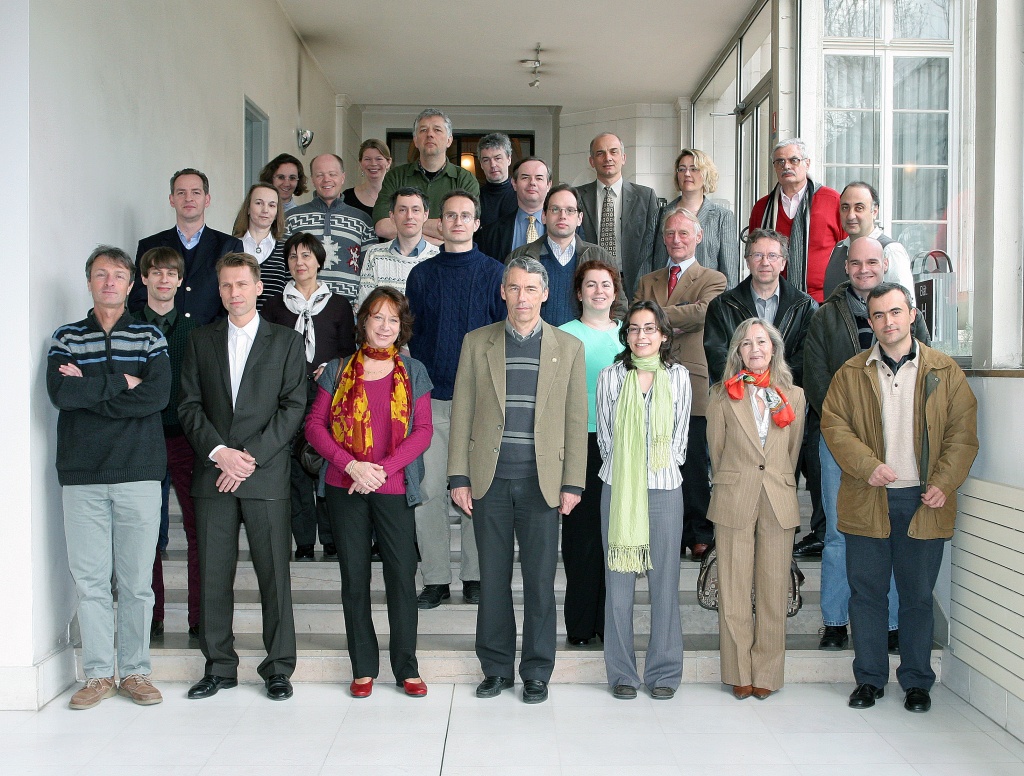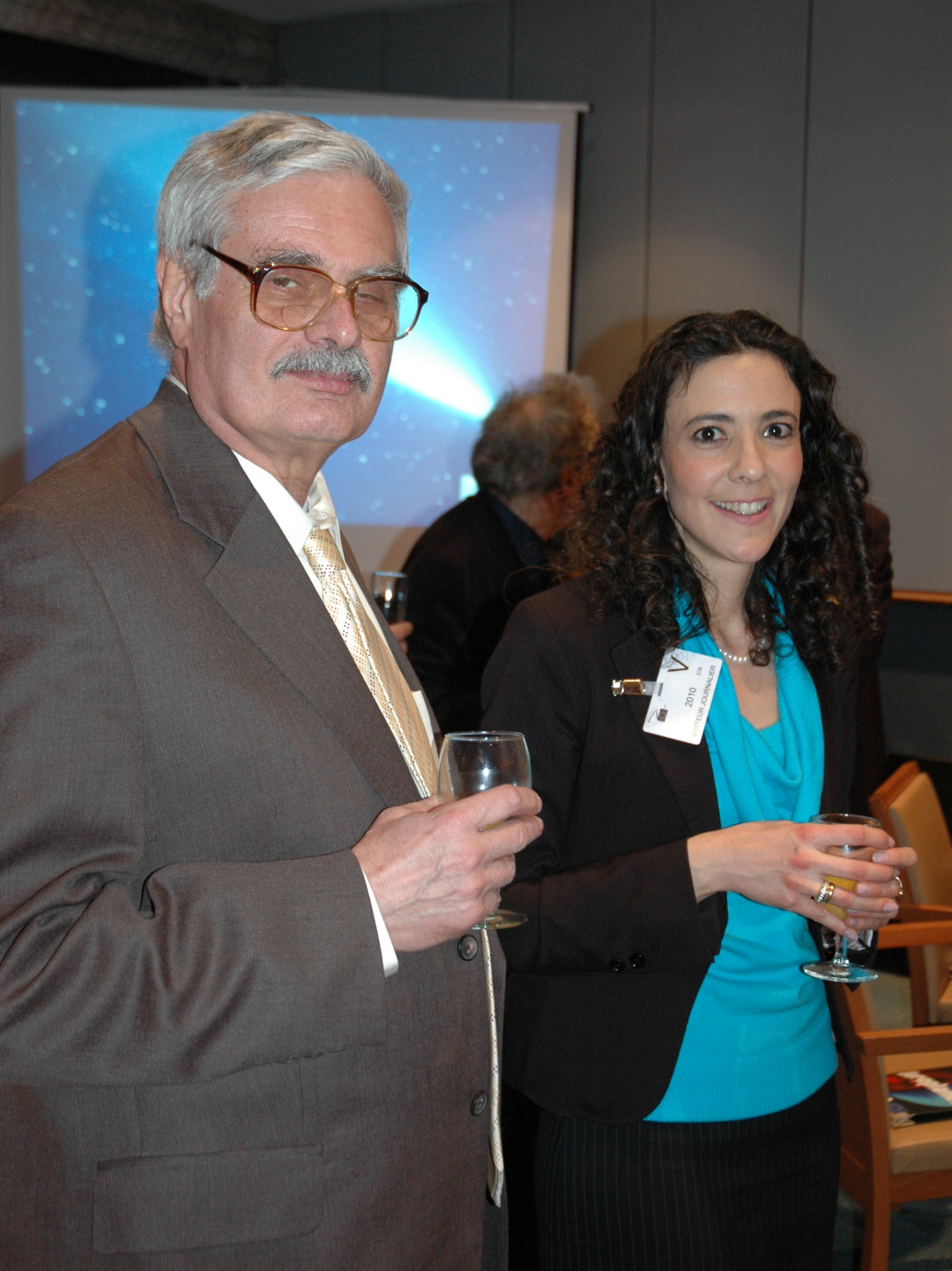Károly Szegő, 1943-2022
We are deeply saddened to hear that Károly Szegő DSc, Scientific Advisor and Professor Emeritus of the Wigner Research Centre, died unexpectedly on 22 January 2022, at the age of 78.
Károly was one of the founders of Europlanet, leading the Personnel Exchange Activity in the original European Planetology Network (EuroPlaNet) project funded by the European Commmission from 2005-2008, the Deputy Coordinator of the Networking Activities in the first Europlanet Research Infrastructure (RI) from 2009-2012, and was the Inclusiveness Officer and Deputy Lead of the Science and Innovation Networking Activity in the Europlanet 2020 RI project from 2015-2019.
Prof Nigel Mason said: ‘We will all remember him as staunch supporter of Europlanet as well as for his outstanding science.’
Obituary
By Péter Lévai, Director General of Wigner Research Centre for Physics
(Original version on Wigner website)
Károly Szegő began his career as a theoretical particle physicist investigating the applications of group theory methods. His interest turned towards space physics in the early 1980s, he made important contributions to the understanding of the interaction between the solar wind and solar system bodies, including several planets and comets.
He was a co-lead in the VEGA Space Mission (1986), a Soviet led international effort launched to investigate comet Halley up close. In the course of this research, the first ever picture of an active cometary nucleus was taken, the size and rotation of the nucleus were determined, and a model of the surface activity of the comet was established. Four of his scientific publications published in the period 1980-87 are among the 7 most cited publications of the field of “Solar System Research” worldwide. His achievements were recognized with the State Prize of Hungary in 1986.
Later he was a guest researcher on NASA’s Pioneer-Venus Orbiter mission, and as a co-investigator he participated in the plasma physics experiments of the Phobos-2 mission launched in 1988 to study planet Mars and its environment. He achieved significant results in the study of Venus. He was a co-investigator in the plasma physics experiments of the Cassini mission launched by NASA to study planet Saturn. He also participated as a co-investigator in the plasma experiments of the ESA Rosetta comet chaser mission which performed the first ever soft landing on a cometary nucleus in 2014 and investigated the surface and environment of comet 67P/Churyumov-Gerasimenko. In recent years he participated in the SERENA plasma experiment of the ESA BepiColombo mission, which has been sent to investigate planet Mercury.
Károly Szegő was the first director of the KFKI Research Institute for Particle and Nuclear Physics of the Hungarian Academy of Sciences (the predecessor of Wigner RCP) from its establishment in 1975 until 2002. Between 2002 and 2012 he organized and supported the work of the Hungarian academic research network as the head of the Department of Research Institutes of the Hungarian Academy of Sciences. He was an internationally recognized scientist and scientific organizer and a major presence in the Hungarian space research community, educating and mentoring many students and postdocs, always approachable and always helping colleagues.
Rest in peace, Károly, we keep your memory alive.
We will all remember him as staunch supporter of Europlanet as well as for his outstanding science.
Prof Nigel Mason



